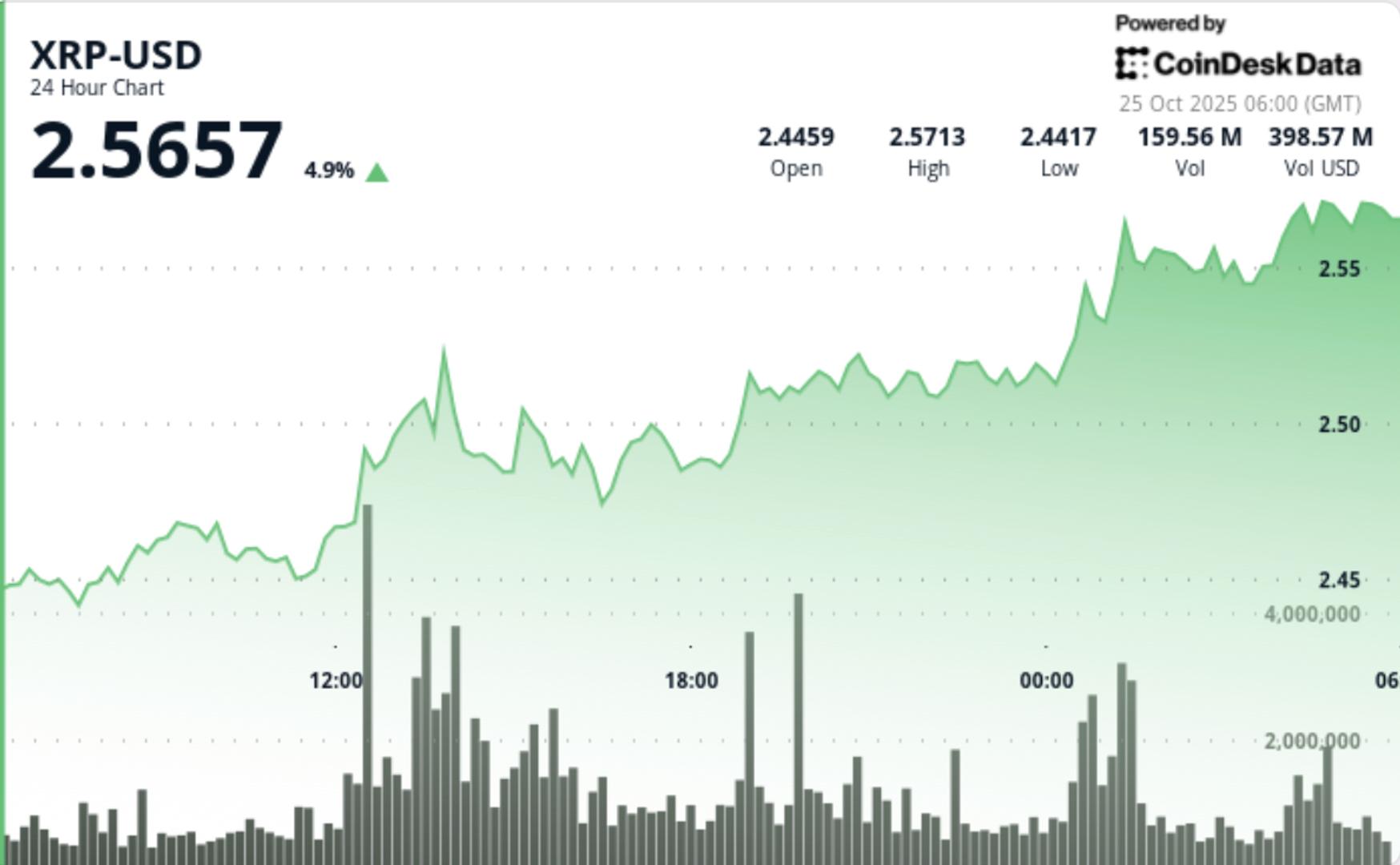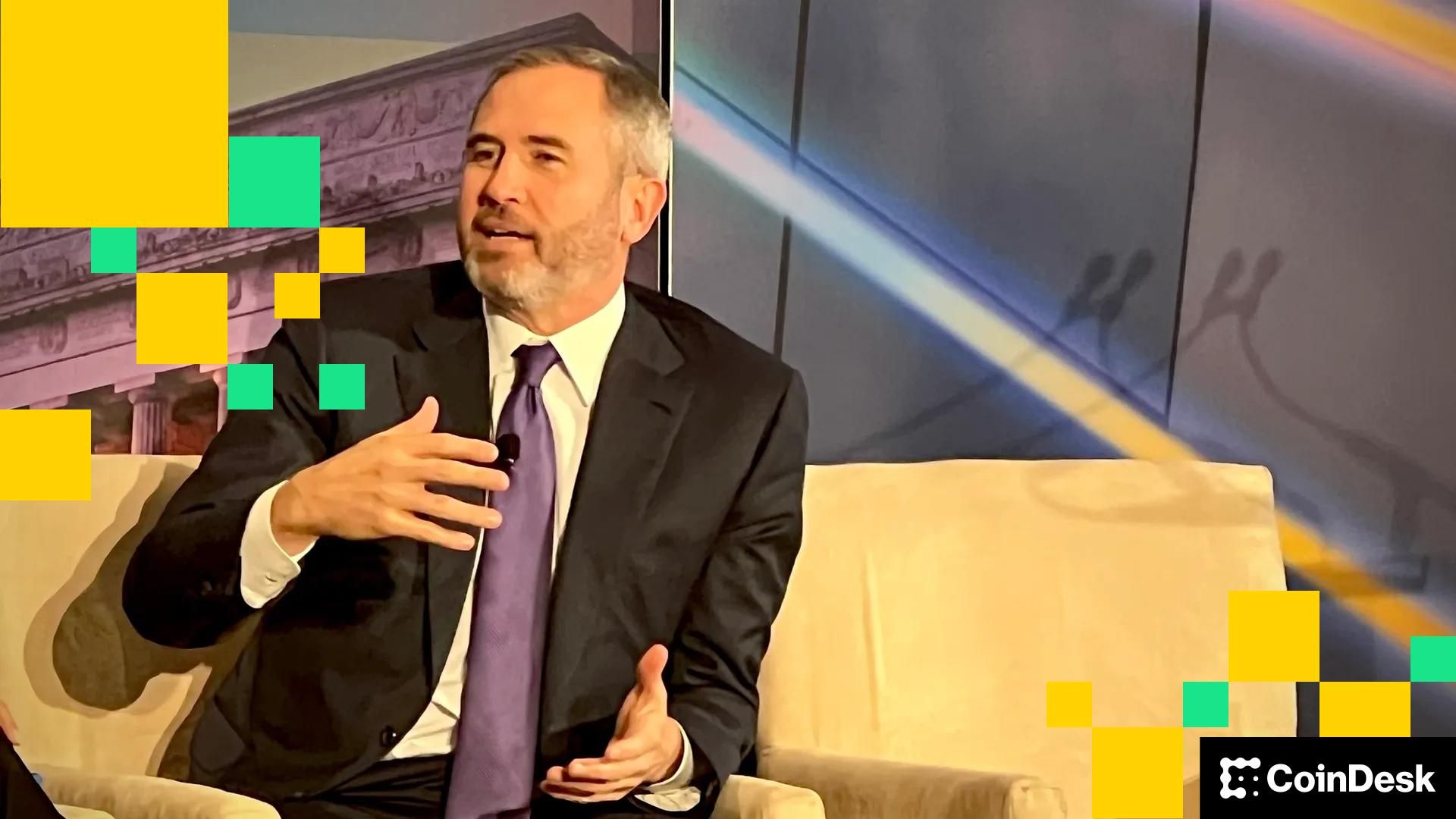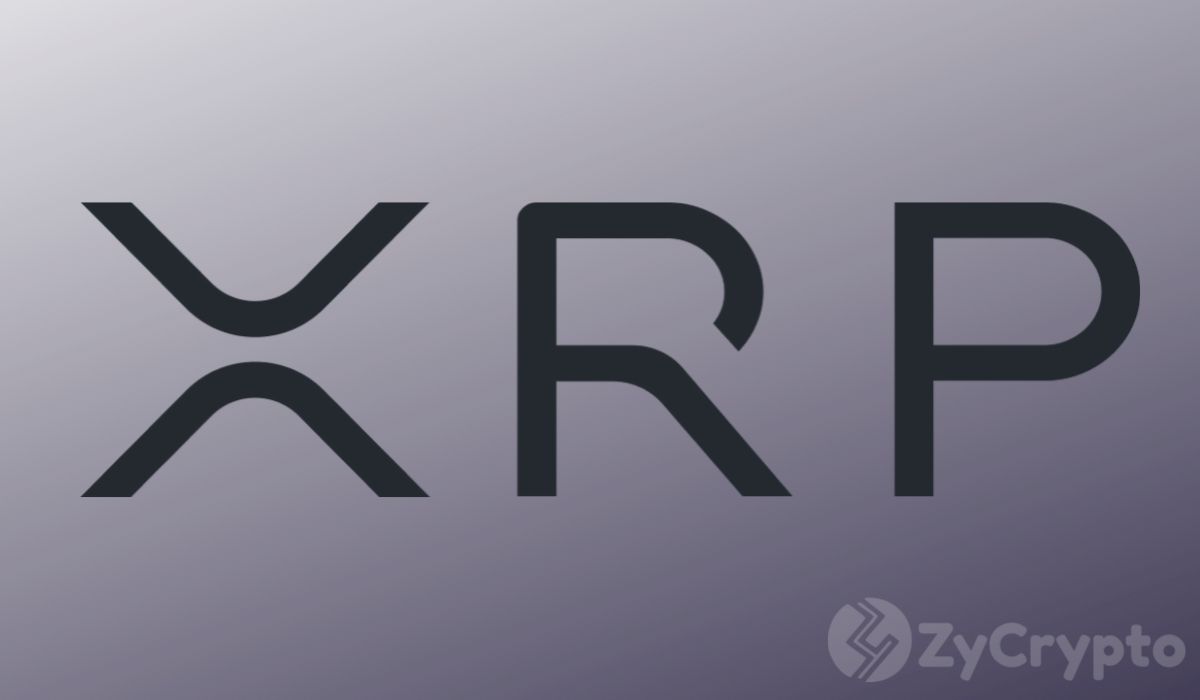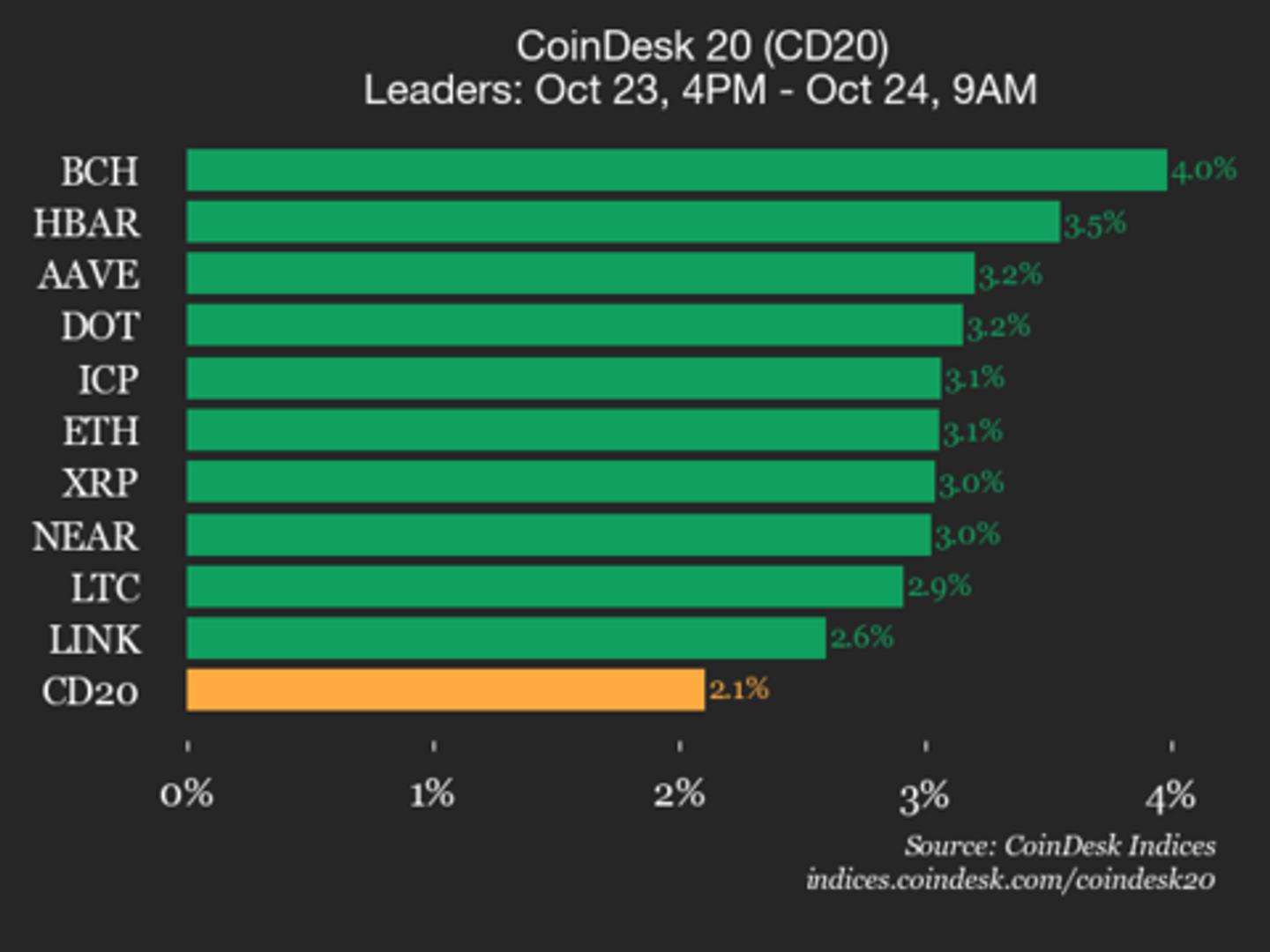Zelle announced plans to expand its $1 trillion US payments network internationally using stablecoins. The plan promises to make international money transfers faster and cheaper.
Doubts arise about the initiative’s substance and whether it represents yet another banking consortium’s unsuccessful attempt to adopt blockchain technology.
Zelle Moves Beyond US Borders
Zelle, one of the most widely used payment networks in the United States, is going global.
Early Warning Services (EWS), the bank-owned operator of Zelle, announced today a new initiative that aims to extend its $1 trillion payments system beyond US borders by leveraging stablecoins.
The plan promises to make international money transfers faster, more reliable, and less costly by leveraging blockchain-based stablecoin technology.
“Zelle transformed how Americans send money at home. Now, we’re beginning the work to bring that same level of speed and reliability to Zelle consumers sending money to and from the United States, building on what we have learned from the market, our users, and our network banks and credit unions,” said EWS CEO Cameron Fowler in a press release.
The move represents Zelle’s most ambitious step since its domestic launch in 2017. As consumers increasingly demand cheaper and more efficient ways to send money abroad, traditional banks are under pressure to compete.
Still, supported by major US banks such as JPMorgan Chase, Wells Fargo, and Bank of America, EWS operates at a scale few fintech firms can match.
However, while the announcement generated excitement among institutional players, it left many critical questions unanswered.
Zelle’s Scale May Test Old Limits
EWS’s announcement today lacked several key details. Fowler did not disclose whether the consortium plans to create a unified stablecoin or allow individual member banks to issue their own.
He also didn’t clarify which foreign banking partners would participate in the international rollout — a crucial detail for assessing how far Zelle’s global ambitions might reach.
The project’s launch date also remains unknown, though the company offered that further announcements would arrive soon.
Skeptics were quick to argue that Zelle’s stablecoin expansion runs the risk of following a familiar pattern of institutional signaling over substance. The complexity of coordinating thousands of financial institutions, each with its own risk and compliance frameworks, often leads to delays, fragmentation, or outright abandonment.
Simon Taylor, a fintech analyst who discussed the topic on X, pointed to Fnality’s example to illustrate how banking consortia have historically struggled to turn blockchain initiatives into lasting, functional systems.
Fnality was a project launched by a banking consortium in 2019 that sought to modernize cross-border settlements using tokenized versions of major fiat currencies like the dollar, euro, and pound.
“Fnality (the utility settlement coin) was announced by 14 major banks in 2019. Still not live at scale. Getting 2,300 institutions to agree on blockchain strategy? Brutal,” Taylor wrote.
Still, Zelle occupies a unique position compared to earlier failed experiments. Its $1 trillion payment volume gives EWS a crucial advantage: distribution.
The obstacle to this experiment’s success lies in whether Zelle can effectively make the tech work. If EWS can deliver a stablecoin system that truly improves cross-border payments, Zelle could help further integrate stablecoin adoption in legacy financial institutions.
The post Zelle Expands Abroad With Stablecoins, But Details Remain Elusive appeared first on BeInCrypto.



























 24h Most Popular
24h Most Popular







 Utilities
Utilities